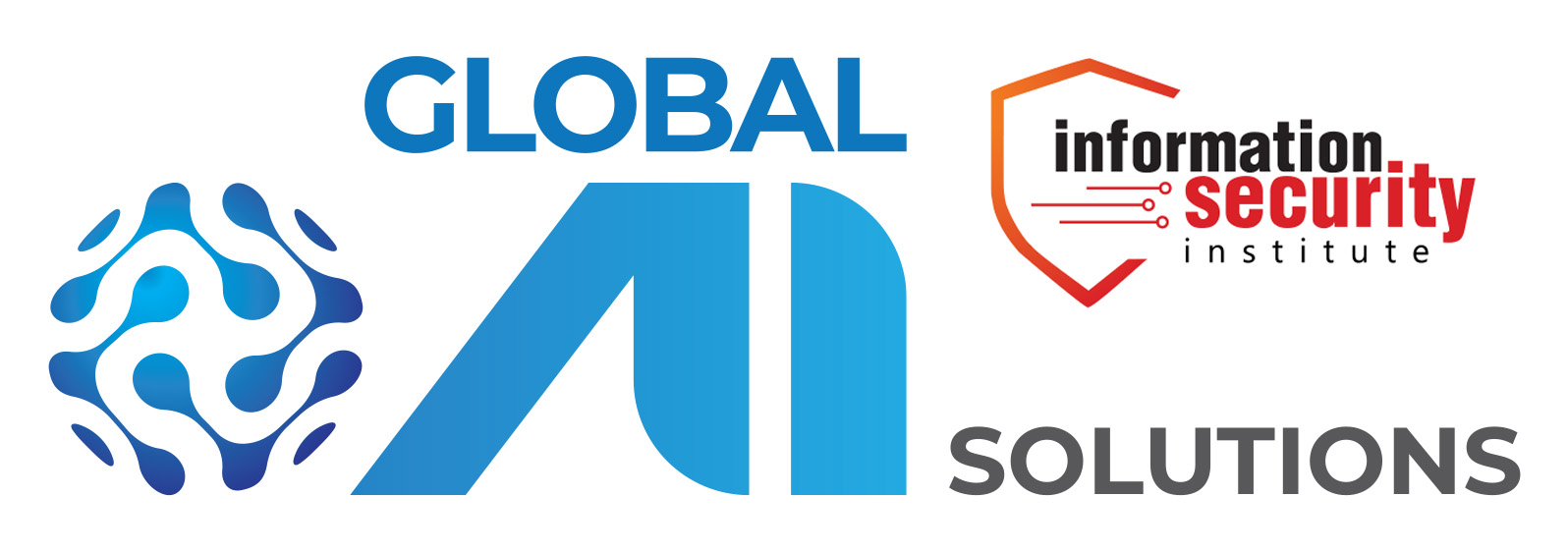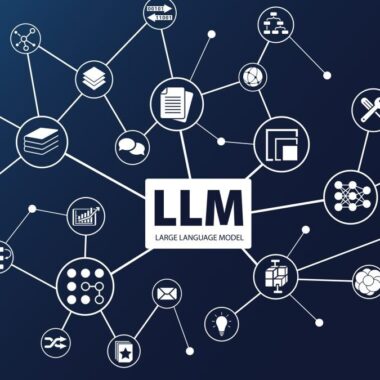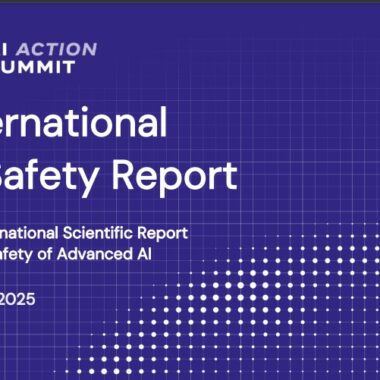Finding Purpose at the Intersection of Passion and Innovation
By Mr. R. Rajendran, Sr IT Excellence Lead, Tata Steel Netherlands
This article first appeared in the July 2024 edition of Directors Today, the monthly journal of the Institute of Directors, India – VOLUME X, ISSUE VII
Recently, I had a conversation with a wise and accomplished leader in corporate India. I sought his perspective on the opportunities for a technology specialist like myself within the boardroom. He remarked, “It is actually quite good; a board today is really not that digitally savvy and often lacks depth in handling technology’’.
Although I have known him many years, I did not expect him to be so plain and direct about his fraternity. I often visualised a board member as a visionary, blessed with strategic insights and leadership capabilities, backed by a strong work ethic. For such people, it should not be difficult to discern and develop sufficient and relevant technology expertise.
Perhaps it’s due to time constraints. Boards meet infrequently and often have tightly packed agendas.
Another factor could be the 80:20 principle. Typically, user organisations allocate only 3-4% of their revenue to IT, with larger areas demanding more attention. The tech landscape, despite its challenges, might require a disproportionate amount of time.
Technology challenges in boardrooms
I tried to put myself in a board position and visualize the kind of tech challenges they might be facing. Considering the perspective of a board member, several significant technology challenges come to mind:
- Boardrooms are forever dealing with emerging & transformative technologies. Every department has become like an IT company, seeking exciting investments into IoT, Data analytics, Digital twins, RPA, ChatGPT etc.
- Within a short span of one year, technology trends significantly change. According to a survey conducted by Gartner, a comparison between technology trends in 2023 and 2024 highlights this dynamic shift (refer figure 1). In light of these changes, how can boards effectively commit to a given technology strategy ?
- Boardrooms are constantly assessing potential risks, including phishing, ransomware, corporate espionage, and the emergence of deepfake videos. These threats pose significant risks to both financial assets and corporate reputation.
- Boards encounter news items, expert opinions and business stories. The opinions are wide-ranging, from having an AI driven pricing to AI powered fraud.
 |
 |
How are boards responding to this challenge?
Boards are responding to these challenges in the following ways:
- Similar to the Audit committee, Nominations and Remuneration committee etc., boards are setting up board level technology committees. A McKinsey study shows that around 12% of Global Fortune-500 have board tech committees.
 |
- Boards are looking to understand technology trends in their own core businesses. For example, StartUs Insights predicts the likely technology trends in automotive electronics based an analysis of 2848 start-ups and emerging companies. Refer the below image:
 |
- Boards are also constantly trying to calibrate their IT spend on the ‘Run-Grow-Transform’ chain. A Gartner study shows that the ‘Run-Grow-Transform’ spend distribution generally follows 70:20:10.
What this means is that the tech strategy of a company is actually getting more scrutinized and shaped at the Board level, but the Board needs to look at their own core, business related technologies and commit a considerable run budget to keep current IT landscape alive. So, only 10-30% budget is available for transformation.
IKIGAI: Bridging the gap between boards and technology
The boards are in an unenviable position, often requiring to curtail discretionary spend and put off technology investments. As spends are curtailed, learning is postponed and technological proficiency diminishes.
This is where technology expertise on the board can help. ‘Tech IKIGAI’ can bring the board and tech fraternity together, fostering mutual understanding and collaboration towards common goals.
IKIGAI is a Japanese term. It combines two words: (iki meaning ‘life; alive’) and (kai meaning ‘worth; purpose’), and together IKIGAI refers to the purpose in life and urges people to pursue their passion and achieve satisfaction.
IKIGAI visualizes four elements of self-discovery. It’s about discovering and nurturing the intersection where what you love, what you are good at, what the world needs, and what you can be paid for all come together harmoniously. At the intersection of these four elements, there is the discovery of the self – a sweet spot for a good, purposeful, and satisfying life.
IKIGAI Tech IKIGAI
| IKIGAI | Tech IKIGAI |
|---|---|
 |
 |
‘Tech IKIGAI’ is an idea aimed at bridging the tech and board fraternities. Two Tech IKIGAI circles represent the ideals and aspirations of the tech fraternity, while the other two represent the realities faced by the board fraternity; I refer to them as ‘Tech circles’ and ‘Board circles’.
Tech professionals are often enthusiastic about pioneering innovative digital technologies. Imagine a young college graduate or an advanced freelancer eager to join a team working on GenAI. However, they require venture capitalists willing to take the risk of scaling their passionate work into a viable business, which the boards of an existing businesses may not be able to undertake.
Over time, individuals in the tech sector specialize in specific domains, such as IT/Cybersecurity, data protection, digitalization, and resilient technologies. Towards these domains, boards may consider allocating some discretionary funds, particularly in compliance with regulatory requirements.
While the ‘Board circles’ may admire the work of the ‘Tech circles’, they are guided by their own realities. Their primary responsibility is to protect their current tech investments, preserve them, and extend their lifespan. This is where 70% of the budget is allocated; it may not be glamorous, but expertise here is highly valued.
Boards also need to focus on their core technologies and advancing their business. Their main alignment is with their markets and customers, making them more inclined towards the corresponding start-up ecosystems. Finding a balance between these seemingly competing objectives is what I refer to as ‘Tech IKIGAI’.
Finding Tech IKIGAI is not easy. However, technology specialists understand the technology lifecycle well. They have often let go of and replaced their own solutions to keep their organisation current. Their experience therefore, could be helpful in bridging the gap between the board and technology domains.
Here’s an example from my own experience: During the economic liberalization of the 1990s, our market conditions were challenging and funding was scarce. Our technologies were outdated and urgently needed investment. Despite these constraints, we implemented a lesser-known and more affordable ERP system called ‘Avalon CIIM’. It served us well for 6 years until it was eventually replaced by SAP. By that time, it had fulfilled its purpose.
Since the 1990s, businesses have made significant progress. As indicated by McKinsey’s study, boards are now establishing tech committees and are eager to shape their tech strategy at a higher level. This presents a great opportunity for Tech circles to find a creative space to realize Tech IKIGAI.
But, from where does one begin?
I have always felt that the traditional 70: 20:10 (Run-Grow-Transform) can be rethought. If 10% can be pinched from 70, boards will sit-up and take notice. This rethink, I believe, is where ‘Tech IKIGAI’ begins.
Mr. R. Rajendran is the Senior Information Technology Excellence Lead at, Tata Steel Netherlands. With a career spanning a 39-year across India and Europe, he is an aspiring director, empanelled in the IICA and IoD repositories. He has been a visiting faculty member at XLRI Jamshedpur; a life member and guest speaker with IOD and the Copenhagen Compliance Institute; and a member of Harvard Business Review Advisory Council. This article is based on his recent talk in the 17th Annual Nordic Summit on GDPR, GRC and IT Security, organized by the Copenhagen Compliance Institute, Denmark.





